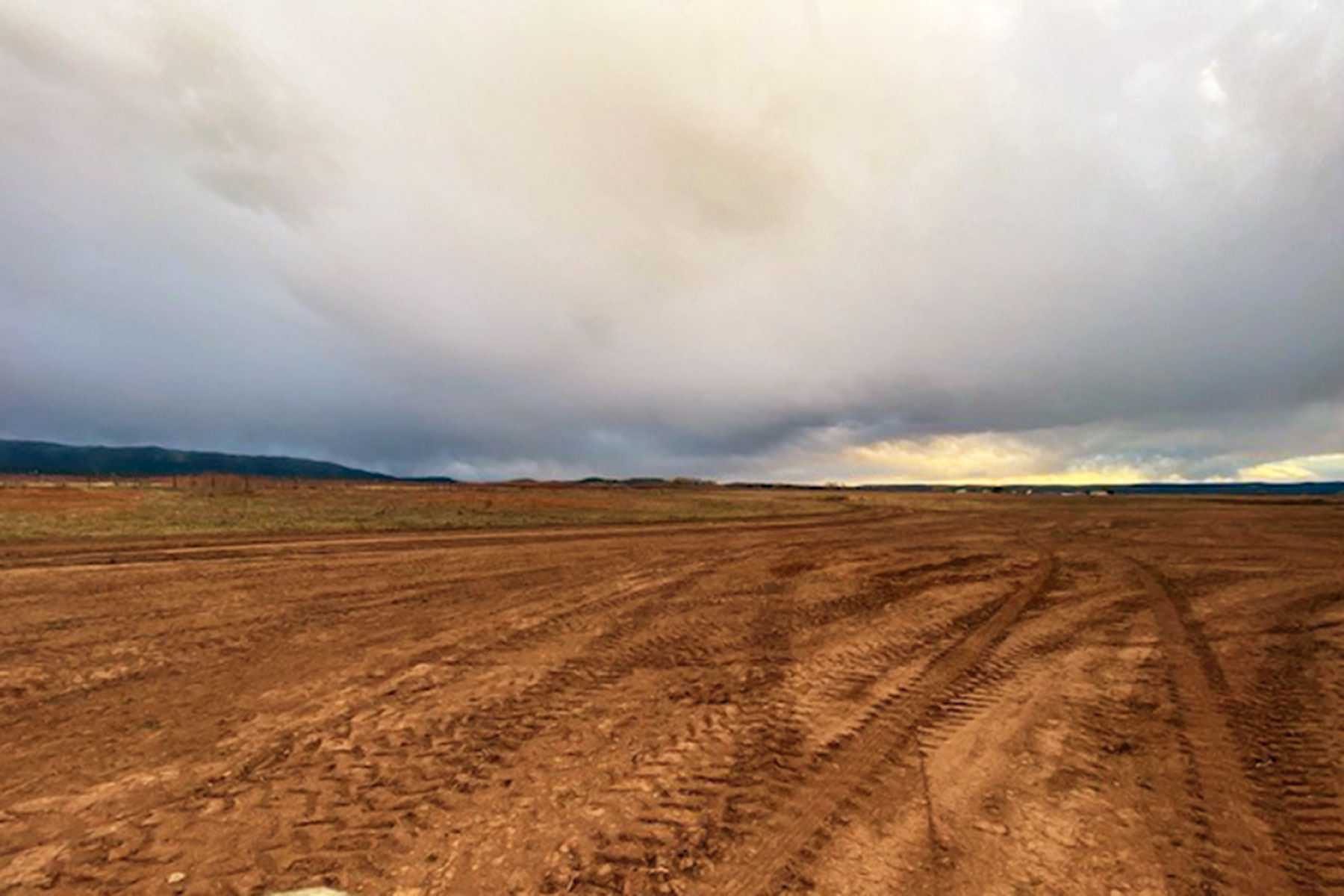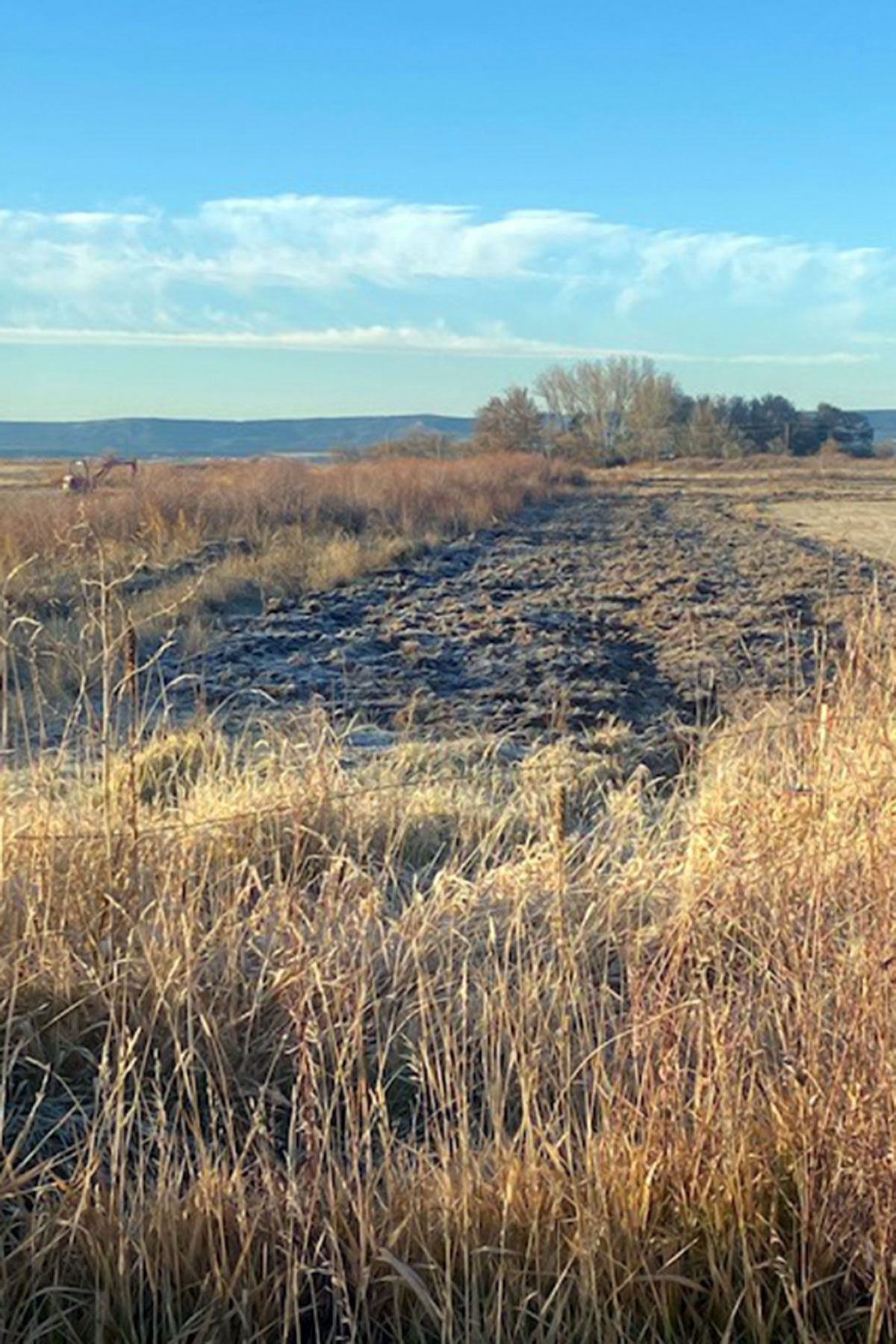The closing of a chapter
Some people are still farming some types of agriculture. Some are experimenting with green houses. Some have mastered the concept of year-round growing. I can only speak for my own farm. This being the first year on my own, I have been keeping a daily journal of the farm, my expenses, and my activities. This will serve as a benchmark next year. I expect that there will be striking similarities to habits and actions that will be needed next year that will coincide with what happened this year. No need to reinvent the wheel.
Having the journal, making notes on my tribal calendar, and keeping every receipt should cut down on unpredictability. This year was tricky with no rain in April and May. We also had an endless supply of rain in August and September. Both dilemmas made it hard to bring in a first cut or second cut of hay. The tricky time of year that it was, it is over for me. I’ve noted that the third week of September seems to be when the sun stops drying the hay on the ground, the temperature keeps the grass moist, and the moisture just seems to be constant. It was a rough year, but much was learned and I’m anxious to implement better practices to give the fields a better start next year.
Down time
Make no mistake, there is still so much that needs to be done. At this point in the year, the limiting factor is that the sun goes down before 6 p.m. Not much time to get home from work and get much done. The mornings greet us with ice and temperatures below 20 degrees. The past few weeks have been overcast in the daytime and cold just cuts to the bone. Best hope is to just make a strong game plan for the weekend. Much time has been spent on brush clearing, ditch repair and removal, and discing the fields in preparation for next year. I was hoping to do a fall planting into fields that were not used this year, but it is too late to do that now. At least I can prepare the ground for a spring planting and heavy dose of fertilizer. Even then, we may not see anything worth cutting from those fields until 2024.
The point is to keep improving. When I built the business plan for the farm last year, by mission statement I chose was “20% more productive land each year, 100% given every day”. The idea was to start with two fields and add two more fields each year. Within five years, 100% of the farm would be up and running. We are well ahead of that plan. Being two years in, we are already at 60% of the property producing grasses that can be baled. More importantly, the ground is greener, the soil reports are looking better, and the ground is healthier. This was always my mission, to reestablish the farm to be healthy…to be a good steward to my tribal assignment.
The beat goes on
Waking up at 4:30 a.m. to irrigate in the spring and summer was getting to be difficult as we got into September. I was getting burnt out. Seems like the end of season came just in time. So now the focus switches to cutting down invasive trees, thinning down willows along the ditches, fixing fences, and leveling trouble areas and prairie dog mounds. I recommend keeping a journal because it also gives sanity at times to people who may need a reminder of all the things that were accomplished throughout the year. Take pictures of your fields throughout the year and track the changes.
Hard work and labor are rewarded in the progress you make and the memory of each obstacle that each field presents. In late April or early May, the water should be ready to come on again. Be prepared for a great year and avoid last minute panic. Now is a good time for barn repairs, tractor or implement maintenance, and planning the success for next year’s harvest to be stronger than this year. I used my tribal calendar to track things such as when the water came on, when to plant, when to fertilize, when grasses started to emerge, when those same grasses turbo charged, when grass heads seeded out, when I cut hay, when my neighbors cut their hay, when people said monsoon season was, when I saw monsoons actually close cutting windows and soak hay cut on the ground, temperatures were tracked on a weekly basis, the amount of sunlight was recorded every two weeks, and finally, when the season seemed to end. For me, this was right around the third week of September.
Note to self: Be done before then…next year. Remember, wisdom is simply knowledge coupled with experience. With one more year under our belt, we all should be wiser for the wear.




